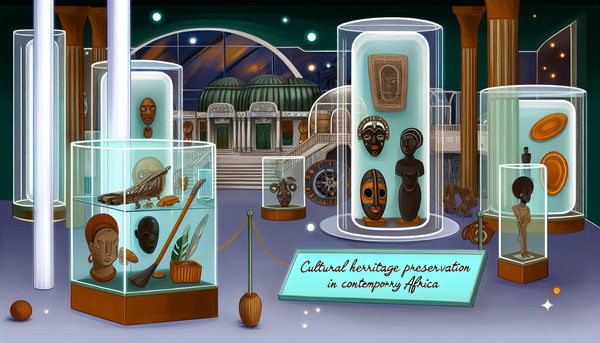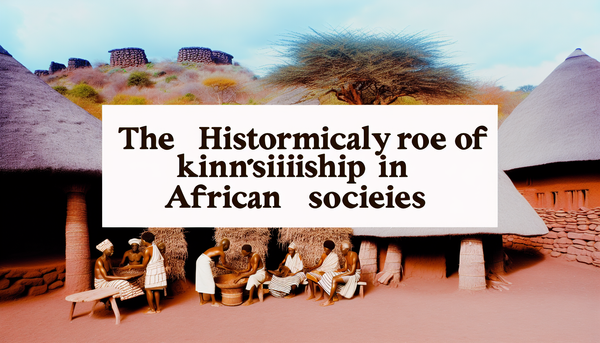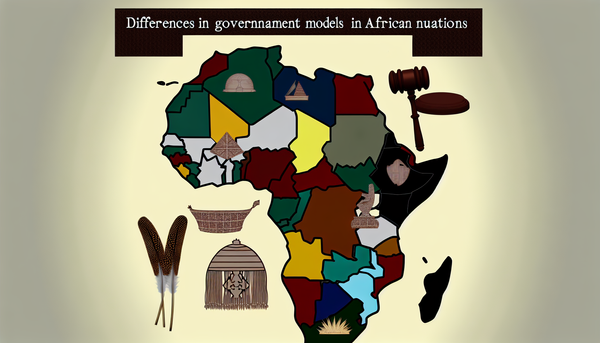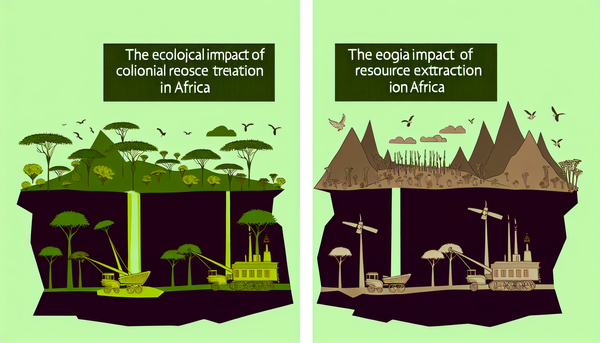Rowanda genocide, why it happened
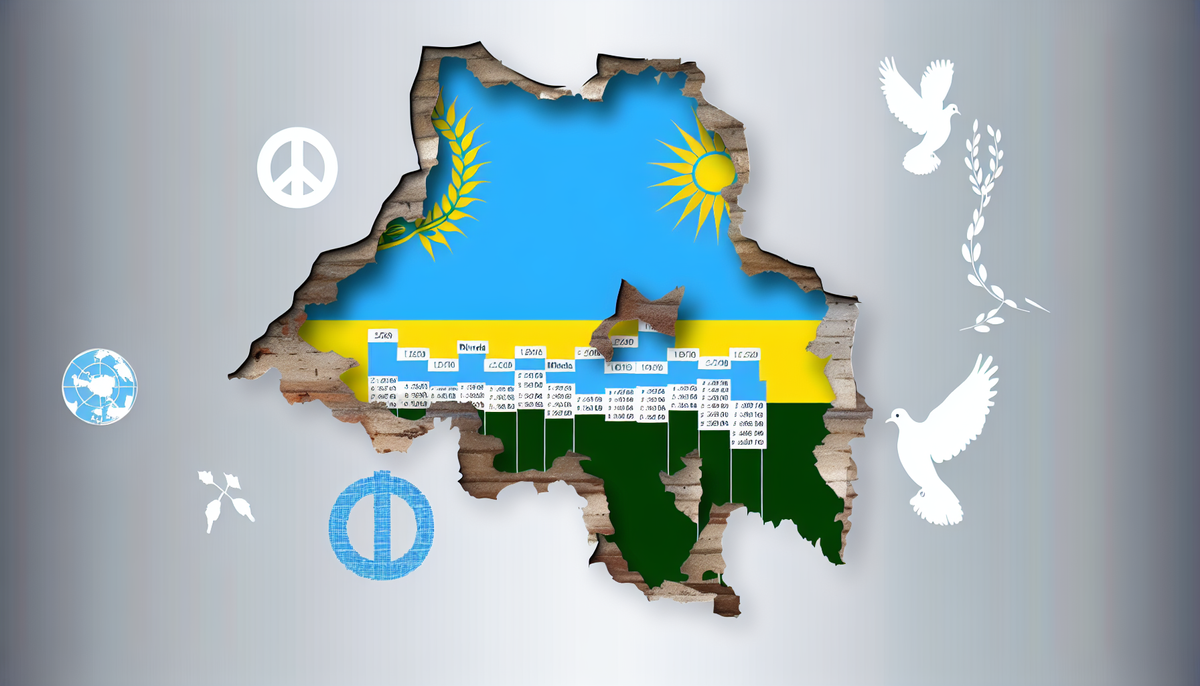
Historical Background and Ethnic Tensions
The roots of the Rwandan genocide lie deeply embedded in the country's history, particularly regarding the tensions between the Hutu and Tutsi ethnic groups. Historically, the Tutsi minority had held political power and privileged positions during colonial rule, especially under Belgian administration. The Belgians cultivated divisions by emphasizing ethnic differences, which generated resentment among the Hutu majority.
After Rwanda gained independence in 1962, this resentment erupted into violence. Hutu leaders, empowered by nationalist sentiments, began to marginalize the Tutsi population. As political dynamics shifted, various uprisings and retaliatory violence unfolded, establishing a cycle of animosity and revenge that festered over decades.
The 1994 genocide was not an isolated occurrence but rather a tragic culmination of deeply entrenched societal divisions. Prior to the genocide, tensions escalated with the assassination of President Juvénal Habyarimana, a Hutu, which ignited widespread panic and aggression. The political climate was further inflamed by extremist propaganda that dehumanized Tutsis, portraying them as enemies of the state. This volatile mix of historical grievances, manipulated political narratives, and escalating violence set the stage for one of the most horrific genocides in modern history, leading to the slaughter of an estimated 800,000 Tutsis and moderate Hutus within a mere 100 days.
Colonial Influence and Political Manipulation
The colonial period significantly shaped Rwanda's ethnic landscape, particularly through Belgian rule, which intensified divisions between the Hutu and Tutsi groups. Initially, the Belgians favored the Tutsi minority, empowering them in governance and administration. This preferential treatment entrenched disparities, allowing Tutsis to dominate political, economic, and social spheres while marginalizing the Hutu majority, who were often relegated to agricultural labor.
Belgian colonizers applied pseudoscientific racial theories to categorize Rwandans, further entrenching the distinction between Hutu and Tutsi. Identity cards were introduced, labeling individuals by ethnicity, which institutionalized segregation. These colonial policies fostered a sense of superiority among Tutsis and deepened resentment among Hutus, laying the groundwork for future conflict.
As Rwanda approached independence in the early 1960s, political manipulation became apparent. Hutu-led movements saw an opportunity to overturn Tutsi dominance, advocating for Hutu nationalism. Colonial authorities transitioned power to Hutu leaders, who initiated a retaliatory campaign against Tutsis, resulting in massacres and mass displacement.
The consequences of colonial influence extended beyond independence, as entrenched animosities remained potent. Political manipulation and divisive strategies persisted, culminating in the 1994 genocide, where years of resentment were violently unleashed, leading to catastrophic loss and suffering.
Economic Factors and Resource Competition
Economic struggles played a significant role in the lead-up to the Rwandan genocide, exacerbating existing ethnic tensions between Hutus and Tutsis. Rwanda, a predominantly agrarian society, faced resource limitations due to rapid population growth and shrinking arable land. As agricultural productivity declined, competition for land and resources intensified, increasingly pitting Hutus and Tutsis against each other.
The 1980s brought economic hardship, characterized by declining coffee prices, Rwanda's primary export. Many Hutu farmers, feeling the brunt of these economic pressures, sought scapegoats for their struggles. The Tutsi population, perceived as more affluent and privileged, became an easy target for frustration and blame. Propagandistic narratives stoked fears that Tutsis were conspiring to reclaim power, amplifying calls for Hutu solidarity against an imagined threat.
Moreover, the economic crisis fostered political manipulation, as leaders exploited grievances to galvanize support and secure their hold on power. The ruling party utilized economic frustrations to rally Hutus, emphasizing a false dichotomy between the two groups. This environment created fertile ground for extremist ideologies to thrive, ultimately leading to dehumanization and inciting violence. Economic desperation, compounded by elite manipulation, thus became a crucial factor in the tragic unfolding of the genocide in 1994.
Role of Media and Propaganda
The media played a pivotal role in the Rwandan genocide, acting as both a catalyst for violence and a tool for propaganda. In the years leading up to the genocide, radio stations, particularly Radio Télévision Libre des Mille Collines (RTLM), disseminated incendiary rhetoric that vilified Tutsis and incited Hutu aggression. These broadcasts depicted Tutsis as "cockroaches" and enemies of the state, effectively dehumanizing them and fostering a climate of hatred.
The use of media was not merely incidental but part of a deliberate strategy by extremist factions to mobilize the Hutu populace. As tensions escalated, radio messages urged listeners to take up arms against Tutsis, framing the violence as a patriotic duty to save Rwanda. This propaganda was designed to create a shared narrative of victimhood among Hutus, reinforcing the perception that Tutsis were an existential threat.
Furthermore, print media also played a role in shaping public opinion. Newspapers published inflammatory articles that propagated lies and fears, further entrenching the divide. The combination of provocative media narratives and political rhetoric created an environment where violence was normalized, leading to mass participation in the genocide. Thus, the media’s manipulation significantly contributed to the horrific atrocities committed during this tragic period in Rwanda's history.
International Response and Failures
The international response to the Rwandan genocide in 1994 was marked by significant failures that contributed to the scale of the atrocity. Despite clear warnings and indicators of impending violence, the global community, including the United Nations, largely remained passive. Intelligence reports and humanitarian organizations alerted the world to the escalating tensions, yet decisive action was sorely lacking.
The UN had a small peacekeeping force in Rwanda, known as UNAMIR, led by Canadian General Roméo Dallaire. Although Dallaire sought permission to intervene and protect civilians, the UN Security Council was hesitant to authorize substantial military support. The prevailing attitude among member states was one of reluctance, rooted in a fear of becoming embroiled in another complex conflict, particularly after the recent debacle in Somalia.
As violence erupted, the international community continued to underestimate the severity of the situation. Only after 800,000 people had been brutally murdered did the UN acknowledge the genocide fully, leading to a delayed and inadequate response. The failure to act decisively has since prompted global discussions about the responsibility to protect (R2P) vulnerable populations, highlighting the urgent need for international mechanisms to prevent future genocides and atrocities. The Rwandan genocide remains a stark reminder of the cost of inaction.
Aftermath and Reconciliation Efforts
The aftermath of the Rwandan genocide left an indelible scar on the country's social, political, and economic fabric. Approximately 800,000 people were killed within just 100 days, resulting in profound grief, trauma, and dislocation. In the wake of such widespread brutality, Rwanda faced the challenge of rebuilding a shattered society while addressing the legacy of violence and division.
To facilitate healing, the Rwandan government implemented a series of reconciliation efforts aimed at both justice and unity. One pivotal initiative was the establishment of Gacaca courts, community-based tribunals designed to address crimes committed during the genocide. These courts emphasized restorative justice, allowing survivors to confront perpetrators, share their stories, and foster dialogue within communities. While Gacaca courts faced criticism related to fairness and due process, they played a crucial role in uncovering the truth and facilitating some degree of healing.
Additionally, the government launched programs promoting national unity and reconciliation, focusing on eradicating ethnic divisions. Public campaigns aimed to redefine Rwandan identity beyond ethnic lines, emphasizing a collective national narrative of resilience. Despite immense challenges, including poverty and societal trauma, Rwanda has made significant strides toward recovery, showcasing the potential for reconciliation in post-conflict societies. However, the journey towards lasting peace and justice remains ongoing.
Lessons Learned and Global Implications
The Rwandan genocide serves as a stark reminder of the catastrophic consequences of inaction in the face of warning signs and humanitarian crises. One of the key lessons learned is the critical importance of timely intervention. The failure of the international community to respond decisively to the escalating violence highlighted the need for better mechanisms to prevent genocides and crimes against humanity. The concept of the "Responsibility to Protect" (R2P) emerged from this tragedy, emphasizing that sovereign nations have an obligation to protect their populations from genocide, war crimes, and ethnic cleansing.
Furthermore, the genocide underscored the dangers of propaganda and media manipulation in fueling hatred and violence. It illustrated how narratives can be weaponized to dehumanize groups and incite violence, calling for heightened vigilance against hate speech and the role of media in conflict scenarios.
On a global scale, the Rwandan genocide prompted a reevaluation of international policies toward humanitarian intervention. The lessons learned have influenced how the United Nations and other international bodies approach crisis response, emphasizing the necessity for preparedness and swift action. Ultimately, the genocide remains a critical case study for preventing future atrocities and fostering a culture of proactive humanitarian engagement worldwide.
